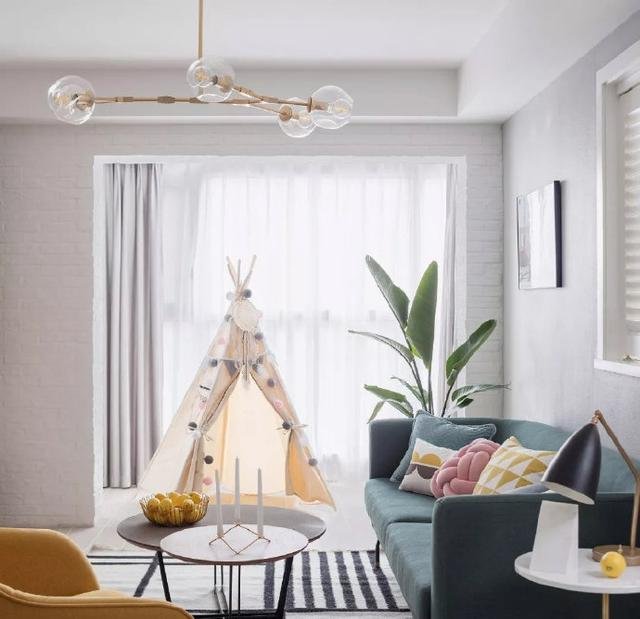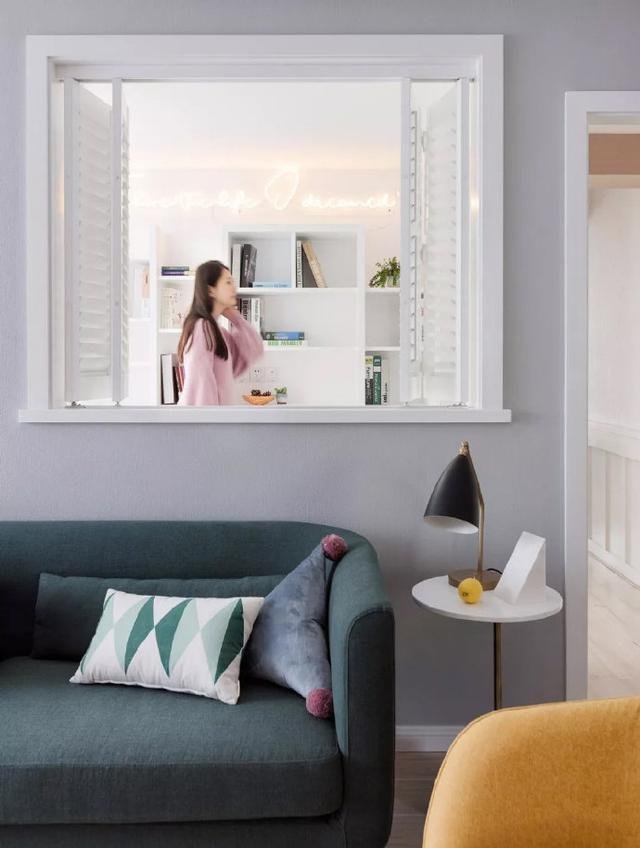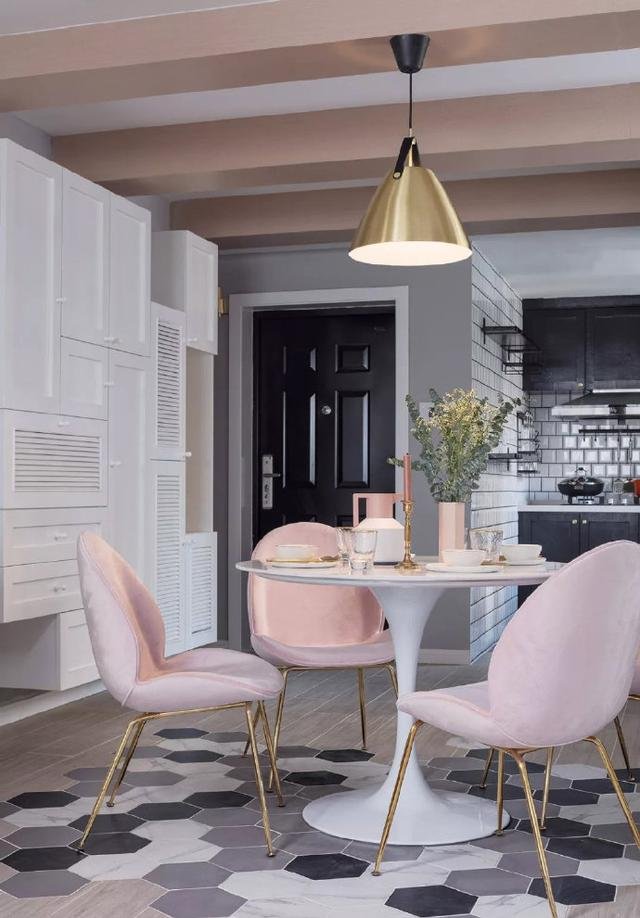100 ㎡ fresh Nordic style Home decoration design, the master bedroom has the functions of study and cloakroom, and the effect is very good! Nordic style not only attracts attention to the interests of the public, but also has no lack of concern for the minority. For example, to eliminate the inconvenience of disabled people in life, to design convenient human design for them, and to achieve social justice. They all reflect the comprehensive concern of Nordic style design for people.

First, the Nordic style is different from the decorative art style, streamline style and other formalism pursuing fashion and commercial value. The Nordic style is simple and practical, reflecting respect for tradition, appreciation of natural materials, restraint of form and decoration, and striving for the unity of form and function; In the aspect of architectural interior design, it refers to the top, wall and floor of the interior. It does not use patterns and decorative patterns at all, but only uses lines and color blocks to distinguish decoration.
Second, in terms of furniture design, Nordic furniture that does not use carving or ornamentation has come into being. In fact, furniture products are also in various forms. If they have anything in common, it must be simple, direct, functional and close to nature. A quiet Nordic style is by no means a demagogic vanity design

The Nordic style originates from the design style of Scandinavia, so it is also called "Scandinavian style". Northern Europe is far away from the central European countries and has its own unique climate and traditions. In history, Nordic design received little attention. Until the end of the 19th century, Nordic design was influenced by the British Arts and Crafts Movement and the Art Nouveau Movement, and gradually participated in various design movements. In the 1920s, the design theme of mass service decided that Nordic style design was popular all over the world. Functionalism shone brilliantly at the Stockholm Exposition in 1930, marking its breakthrough in Scandinavia and its integration with the world. The Nordic style combines the German concept of advocating practical functions with its local traditional crafts, and its humanistic design makes it famous internationally. But it was only after an exhibition themed "Design in Scandinavia" was held in 1950 that it was widely accepted as a style. This exhibition was exhibited in the United States and Canada from 1954 to 1957, making the "Nordic style" really attract attention. The typical characteristics of Nordic design are advocating nature and respecting traditional technology.
In the middle of the 20th century, the rapid development of Nordic economy made Nordic people have a high welfare system. However, Nordic people still attach importance to the practicality of products, and the simple and natural aesthetic values are still inherited. Nordic residential culture and design concept are deeply influenced. Therefore, even in the industrial era, Nordic product design still retains the element of humanistic care that focuses on the physical and mental health of users. Tradition and fashion innovation are fully used by Nordic designers




